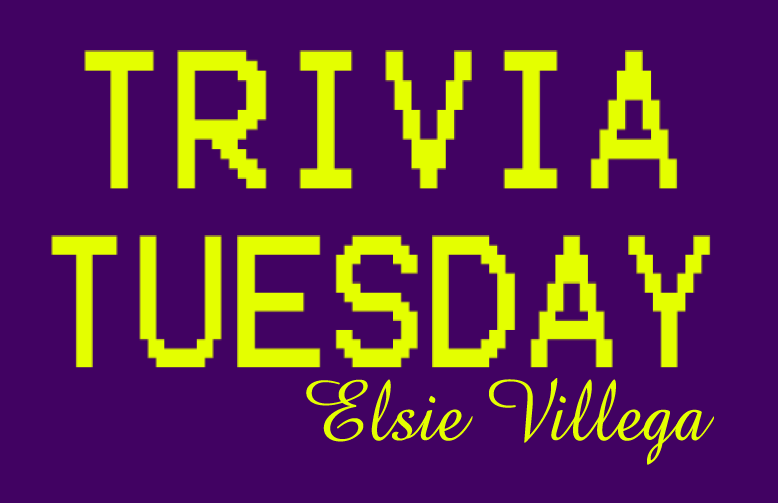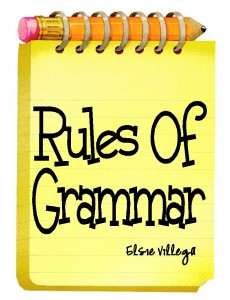Rules Of Grammar: Temblor vs. Trembler
 Is an earthquake a temblor or a trembler? It depends on the source you site.
Is an earthquake a temblor or a trembler? It depends on the source you site.
According to The Grammar Bible, a temblor is an earthquake and the word “trembler” refers to one who trembles; as in a person who shakes due to excitement or anxiety. However, a Google search has revealed that there are word definition sources that cite “trembler” as also meaning an earthquake; although these sources have this rendition of the definition listed as “informal.”


